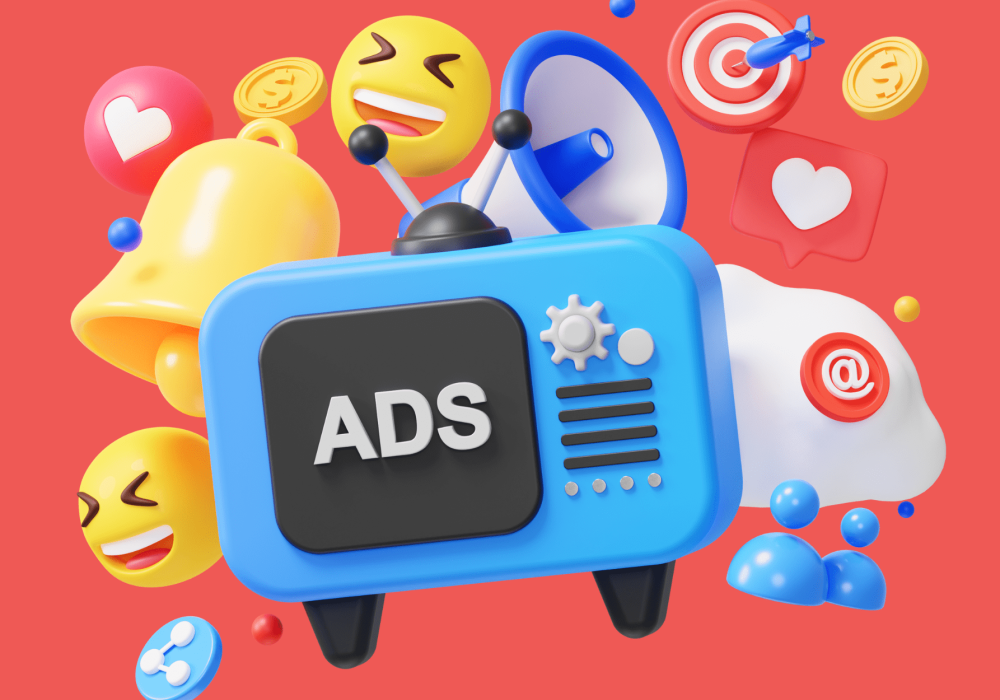Table of Contents
ToggleHow to Create a Website That Converts
- Ignoring Negative Keywords
- Writing Generic Ad Copy
- Overlooking Ad Extensions
- Relying Too Much on Broad Match Keywords
- Neglecting Mobile Optimization
- ‘Set It and Forget It’ Mentality
- Improper Conversion Tracking
- Ignoring Quality Score Improvements
- Underutilizing Audience Targeting
- Overlooking Landing Page Optimization
- Conclusion
Key Design Principles for Beginners :-
Every business wants a website that not only looks great but also achieves its purpose—converting visitors into leads or customers. But how do you ensure your website stands out in a sea of competitors? With the right strategies, even beginners can build a high-converting website. This guide will show you how to start a website that’s optimized for conversions, featuring responsive design, effective layouts, and strategic CTAs.
1. Start with a Clear Purpose
Before you build my website, identify its main goal. Is it to generate leads, sell products, or share valuable information? Defining the purpose ensures every design element supports your end goal.
💡 Pro Tip: Websites like HubSpot provide great examples of how a clear purpose can align with user-friendly design.
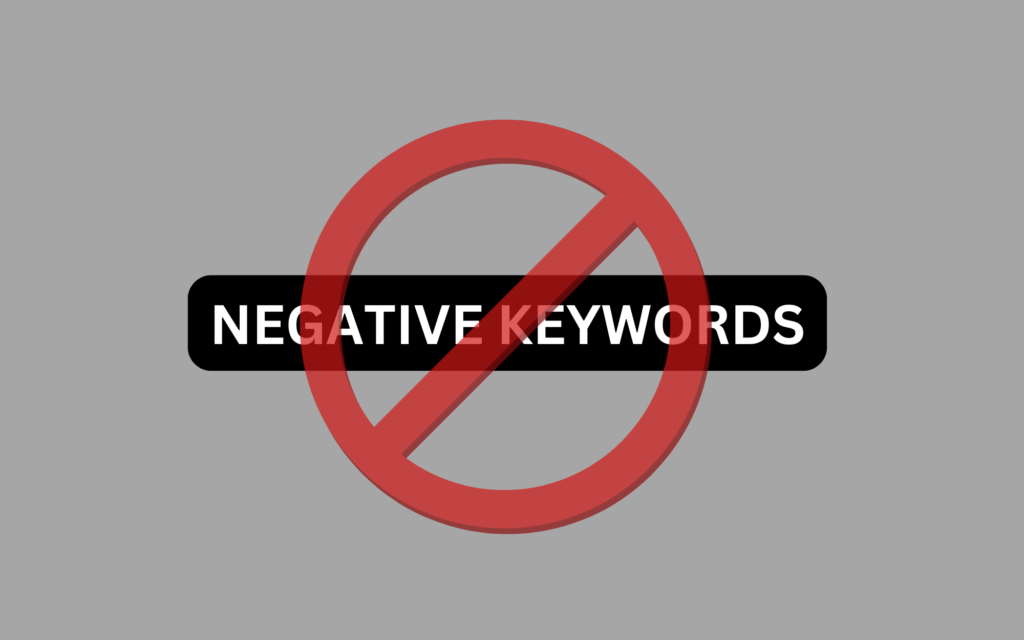
2. Leverage Responsive Web Design
A responsive web design ensures your site performs well on all devices—desktops, tablets, and smartphones. Mobile optimization is crucial since over 60% of online traffic comes from mobile users.
- Use tools like Google’s Mobile-Friendly Test to check your site.
- Include scalable fonts and flexible layouts that adapt to screen sizes.

3. Overlooking Ad Extensions
A site that’s hard to navigate will quickly lose visitors. Make sure your site is intuitive by:
- Using clear navigation menus.
- Minimizing loading times (aim for under 3 seconds).
- Including a search bar to help users find information quickly.
For detailed UX tips, check out NNGroup’s UX Guidelines.
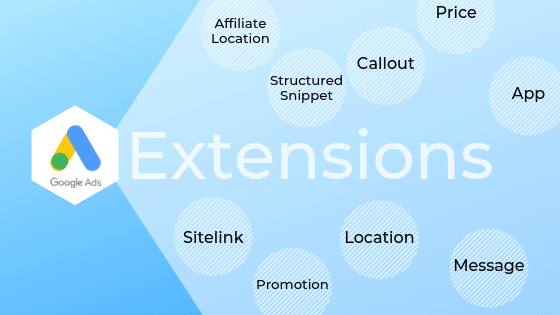
4. Use Visual Hierarchy and CTAs Effectively
Relying too heavily on broad match keywords may attract irrelevant traffic, thereby increasing costs and reducing return on investment. Broad match keywords are flexible but lack precision, causing ads to appear for searches that do not fit your goals. For improved targeting, use a mix of phrase and exact match keywords, which offer more control and relevancy. Apply broad match modifiers to catch qualified traffic with some leeway, but still getting your ads in front of a more interested and relevant audience.
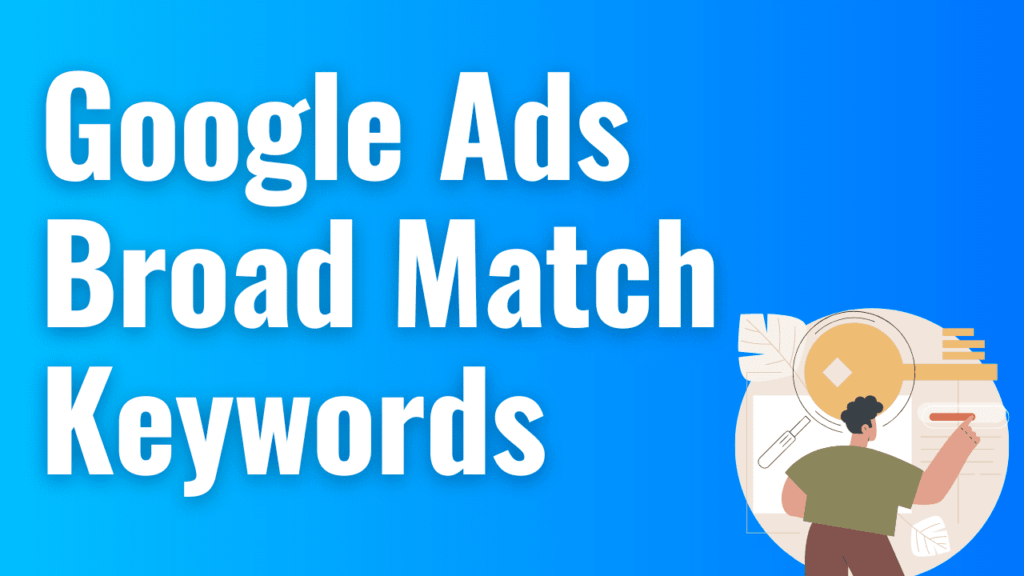
5. Neglecting Mobile Optimization
With searches now increasingly originating from mobiles, non-mobile optimized ads may not reach a considerable number of possible customers. Finally, advertisements that lack the magnifying glass of mobile optimization might result in low engagement and conversion rates. Averting such chances calls for specific bid adjustments optimized for mobile, ad formats designed to be maximally compatible with smaller screens, responsive landing pages that are easy to use on any mobile device. These all enhance the mobile experience: a user can more easily interact with an ad of yours to eventually convert better.

6. ‘Set It and Forget It’ Mentality
A Google Ads campaign must be checked constantly and adjusted regularly to keep such a campaign effective. If this review is not conducted, it is common for budgets to be wasted and for opportunities to be missed. Therefore, devise a planned schedule to check your campaigns; this should include checking according to bid strategies, keyword performance analysis, and testing of new ad variations as a means of updating and perfecting them so that your campaigns are efficient and targeted. Achieving the highest value for your ad spend by gaining better results and maximizing ROI requires staying proactive.

7. Improper Conversion Tracking
In the absence of conversion tracking, it may be difficult for you to realize which action or clicks are worth it. You might not optimize your Google Ads campaigns since you do not see what actions or clicks yield valuable results, that means inefficient spending. Set up conversion tracking in your Google Ads account and track key actions such as form submissions, purchases, or calls. It will give you necessary data as to exactly how right tracking is such that you make data-driven changes so that ROI and campaign performance are improved.

8. Ignoring Quality Score Improvements
Low Quality Score in Google Ads: This can make the cost per click rise, hence limiting the visibility of the ad, and thus reducing the campaign scope. Quality Scores depend on ad relevance, CTR, and landing page experience. To improve your Quality Score, you need to develop ads highly relevant to the campaign and improve CTR with copy that appeals, align the landing page copy to match the content of the ad. Hence, better Quality Score improves ad position besides saving you money and allowing every dollar to count for budgeting.
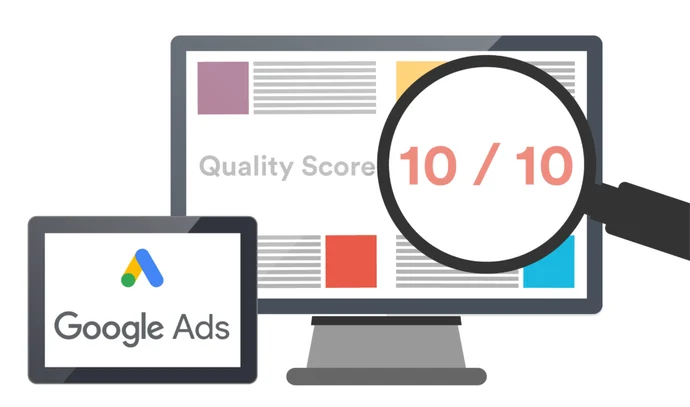
9. Underutilizing Audience Targeting
Google Ads is a powerful feature with targeting audiences to reach high-intent customers, though most advertisers focus on keyword targeting, and that is a great opportunity they bypass. Further amplify ad performance by incorporating audience targeting options such as demographics, in-market, or remarketing targeting to address a much higher-quality audience. Combining audience targeting with keywords creates a more targeted approach that reaches users who are more likely to convert, which, in turn, leads to better campaign results and better ad efficiency overall.

10. Overlooking Landing Page Optimization
Even the best ad copy won’t be good enough if your landing page is not optimized. That means lost conversions. Slow loading times, poor mobile responsiveness, or mismatched messaging can scare visitors off before they even interact with your content. Avoid this by making sure your landing page loads quickly and is mobile-friendly with a clear call to action. So make sure the page message is aligned with ad messaging so the consumer will experience a seamless and user-friendly journey that encourages them to take the desired action.

Conclusion
Avoid common mistakes to maximize the efficiency of your Google Ads ad campaigns. Review and adjust some of the essentials, like your ad copy, targeting, and bidding strategy, often so you are able to get the most out of your ad spend. Data-driven decisions and optimizing in real-time reduce the cost, enhance the accuracy of targeting, and increase the return on investment. A good Google Ads strategy will only be realized if taking time to assess and refine the strategy results in better results and greater campaign success.

